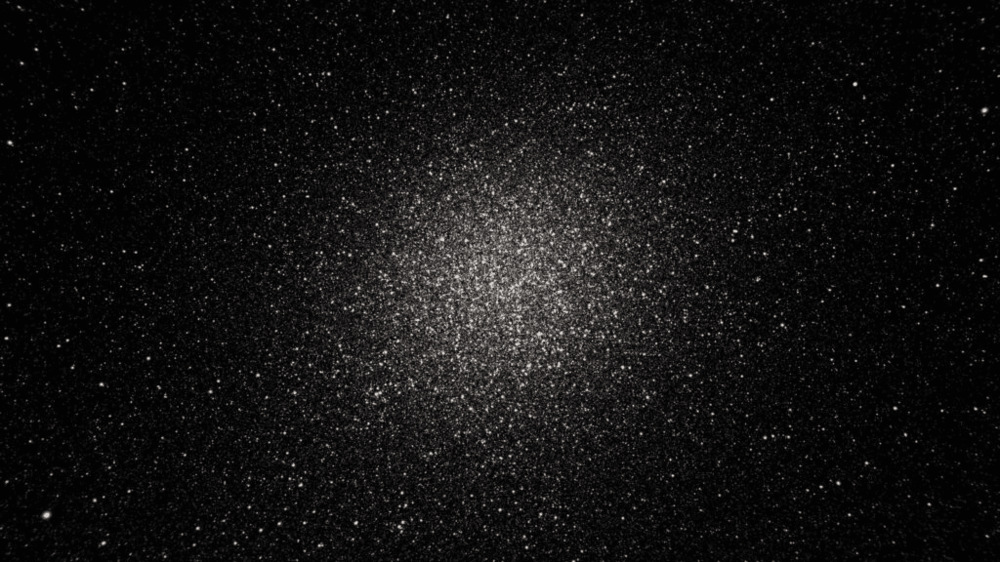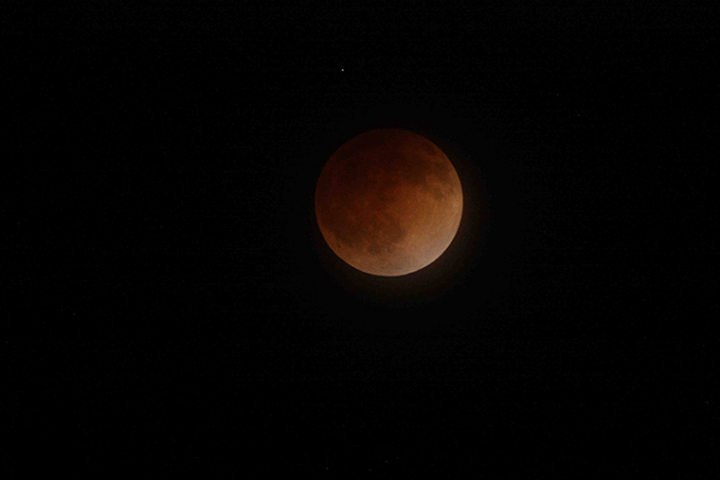In a spectacular revelation on October 10, 2023, Gaia, ESA’s vigilant eye in the sky, brought forth a cosmic spectacle, spotlighting over half a million new stars in Omega Centauri, the largest globular cluster visible from our blue planet. Katja Weingrill, from the Leibniz-Institute for Astrophysics Potsdam, Germany, shared the excitement, “We found over half a million new stars in Omega Centauri alone!” The mission, acting as a meticulous cosmic cartographer, has crafted a vibrant and detailed stellar census, illustrating our cosmic neighborhood with unprecedented clarity. Alexey Mints highlighted the significance, stating, “Our data detected stars too close for Gaia’s regular pipeline, allowing us to create a comprehensive map of Omega Centauri.”


Gaia, though not initially designed for peering into the cosmological mysteries, has ventured deep into the distant Universe, identifying gravitational lenses that offer pivotal clues about the cosmos. Christine Ducourant from Laboratoire d’Astrophysique de Bordeaux, France, noted, “Gaia is a true lens-seeker, identifying objects that, while appearing as stars, are actually distant lensed quasars.” She added that Gaia has identified “381 candidates for lensed quasars, including 50 highly likely ones, providing a rich resource for cosmologists.” The team also pinpointed five potential Einstein crosses, a rare lensed system that forms a cross-like image, further enriching our understanding of the universe’s enigmatic phenomena.
Similar Posts

Another enlightening paper sheds light on 156,823 asteroids identified as part of Gaia DR3, enhancing the precision of their positions and orbits based on Gaia’s meticulous observations. The upcoming Gaia DR4, anticipated no sooner than the end of 2025, promises to expand our cosmic knowledge, including data on comets, planetary satellites, and doubling the number of asteroids. In another stride, a study maps the Milky Way’s disc by tracing weak signals in starlight, revealing faint imprints of the gas and dust that floats between the stars, forming a colossal dataset of weak features, previously unmeasured in such a vast sample.

A paper that characterizes the dynamics of 10,000 pulsating and binary red giant stars has provided the largest such database available to date, crucial for deciphering cosmic distances and confirming stellar characteristics. Timo Prusti, Project Scientist for Gaia at ESA, affirmed, “This data release further demonstrates Gaia’s broad and fundamental value – even on topics it wasn’t initially designed to address.” He added that Gaia is exploring everything from the rocky bodies of the Solar System to multiply imaged quasars lying billions of light-years away, promising a future where our understanding of the Milky Way will be further refined and expanded.

















